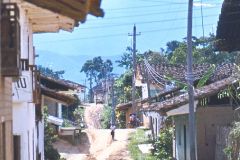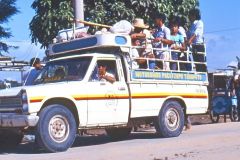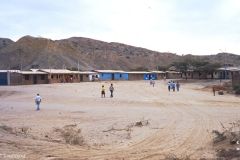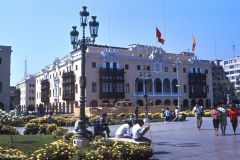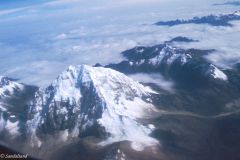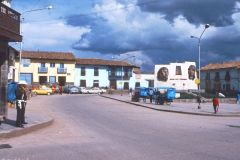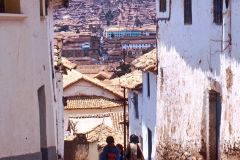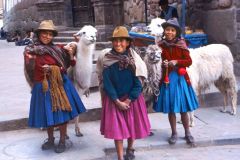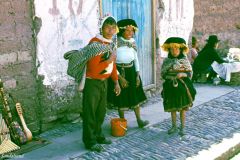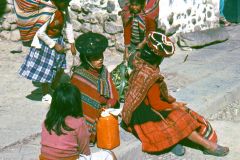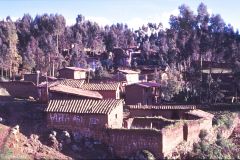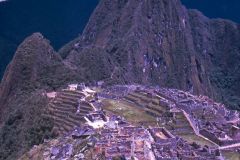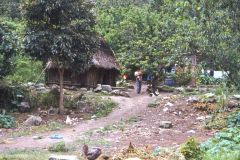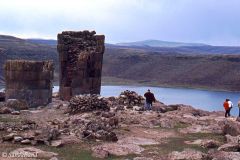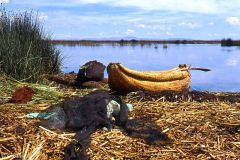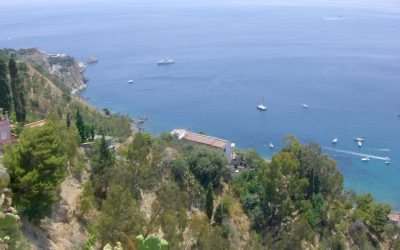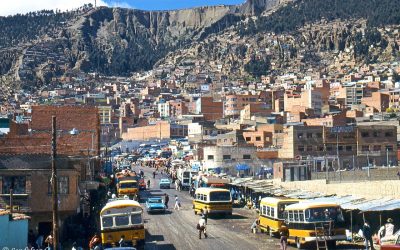Intro
States
Photos
Blog
Facts
Overall impressions
I was strolling around the Plaza de Armas in Cuzco, Peru. Then three smiling girls came up with their alpacas and traditional clothing. Of course I had to stop and take their picture.
The girls did not ask for propina, instead they were just nice and laughed when they took up position in front of us. Obviously, we could not resist the temptation to photograph them.
For a traveller, the Inca descendants from the Andes Mountain Range represent the quintessence of this part of the world. They are a poor, yet proud. They are traditional, yet they strive to enhance their material well-being. Unfortunately most South American countries have been ruled by military dictatorships. Throughout the centuries the military has been cooperating closely with the Catholic church.
In combination with immense differences between rich and poor, most countries have had profound difficulties to develop a sound economy. That is an economy able to produce a decent standard of living for all segments of the population. On the other hand, very positive trends have emerged since the end of the 20th century.
All this goes for the rest of Latin America as well. By the way, Sandalsand categorises everything north of the South American (sub-) continent as North America.
South America consists of 12 independent countries and Sandalsand has been to six. If you click the country links above, you will find all entries from each country.
The remaining six are indicated by a yellow colour in the map.
There are also a few territories of a different legal status in this region, for instance the Falkland Islands and South Georgia. They are British overseas territories. French Guiana is a French overseas region and an integral, judicial part of France itself.
It is normal to group Central America and the Caribbean as part of North America, and I follow the same definition.
Posts from South America
Nature: 11 Picturesque Lakes
Let's have a look at 11 picturesque lakes. Lakes come in all sizes and some even contain salt water. This article illustrates and describes some...
Nature: 9 Fascinating Beaches
I bet you know many beaches. This article is about my selection 9 fascinating beaches. With about 70% percent of the Earth covered by water, there...
Nature: 7 Active Volcanoes
Here are 7 active volcanoes. Have you seen them? All through the history of mankind fire has fascinated, terrified and calmed us all, and we have...
Nature: 8 Dry Deserts
Have a look at this selection of 8 dry deserts. The Earth's surface is predominantly wet, covered by water. Some areas are on the other hand...
Nature: 6 Great highlands
Some mountain plateaus or plains are more adventurous than the average. My examples of 6 great highlands are from different parts of the world....
Nature: 8 Amazing Mountain Views
Have you been to these 8 amazing mountain views? If you take nature as the basis and exclude skyscrapers, constructed "skywalks" and such, we are...
Nature: 7 Strange Rock Formations
What do I mean by 7 strange rock formations? Well, the Earth’s surface is full of loose stones and boulders and solid rocks. Some have over the...
Iron Wheels (1) Exciting train journeys
This is an introduction to exciting train journeys. I have registered my travels on a world map and the distance travelled on trains has been...
Pictures from Chile
This is a collection of Sandalsand's pictures from Chile. They cover the country from north to south almost the entire length. If you look up all...
Impressions from more than a month in Chile
Finally in this diary from Chile I will, as before, try to write down a few summarising views and impressions from what we experienced during our 43...
Towns and places in the central parts of Chile
Back to Santiago, Valdivia and Valparaíso in the central parts of Chile for the last two weeks before the long way home from South America. This...
World Heritage #0959 – City of Valparaíso
The important port city of Valparaíso on the Chilean coast offers some nice funicular rides up the steep hillsides. The UNESCO World Heritage List...
The German South of Chile
We are taking a closer look at the towns, lakes and islands in the German south of Chile, in Puerto Varas, Puerto Montt and Chiloé. This article is...
World Heritage #0971 – Churches of Chiloé
The churches of Chiloé is about 16 churches preserved as Heritage Sites, on an island in the south of Chile. The UNESCO World Heritage List includes...
The Lake District in Chile
Moving south from Santiago to the Lake District in Chile, an active volcano and a vacation within the vacation. This article is part of a travelogue...
Santiago – Relaxing days in the capital of Chile
We had some relaxing days in Santiago, the capital of Chile. It was a wonderful city, much to see and with lovely summer weather. This article is...
Peace and prosperity in northern Chile
In northern Chile we found peace and prosperity. After 36 hours on the train from Bolivia we had a belated arrival in a country very unlike its...
Pictures from Bolivia
This is a collection of Sandalsand's pictures from Bolivia. They cover the capital, and road and train trips in and out of it. If you look up all...
Impressions from 13 days in Bolivia
13 days was unexpectedly little, but I still have some impressions from Bolivia. Even less expected was the fact that we did not get anywhere but La...
Leaving Bolivia on a train to Chile
We left Bolivia on a train to Chile on the coast of the Pacific Ocean. It was no easy matter. For us it involved a long train ride across the...
Lazy days in La Paz
Our stay in La Paz were quite lazy with little happening. We had several excursion plans but not all were accomplished. This article is part of a...
The road to La Paz from the north
This is my story about the trip to La Paz from the north, across the Bolivian Altiplano to the city of presumable peace. This article is part of a...
Pictures from Peru
This is a collection of Sandalsand's pictures from Peru. They cover large parts of the country, from the arid coast to the Andes. If you look up all...
Impressions from a month in Peru
What impressions do I have from a month in Peru? Like in Brazil and Ecuador we stayed in Peru approximately a month (32 days) and I would like to...
In Latin America, even atheists are Catholics. (Carlos Fuentes)
A fact sheet
This is from Wikipedia’s introduction to this region.
Map and numbers

- Area: 17,840,000 km2
- Population: 420,458,044 (2016)
- Population density: 21.4/km2
- Nominal GDP: $3.94 trillion (2017)
- PPP GDP: $6.57 trillion (2017)
- GDP per capita: $9,330 (2017)
- Demonym: South American
- Countries: 12
- Dependencies: 3
Geography
South America is a continent in the Western Hemisphere, mostly in the Southern Hemisphere, with a relatively small portion in the Northern Hemisphere. It may also be considered a subcontinent of the Americas, which is how it is viewed in the Spanish and Portuguese-speaking regions of the Americas.
It is bordered on the west by the Pacific Ocean and on the north and east by the Atlantic Ocean; North America and the Caribbean Sea lie to the northwest.
South America has an area of 17,840,000 square kilometers (6,890,000 sq mi). Its population as of 2016 has been estimated at more than 420 million. South America ranks fourth in area (after Asia, Africa, and North America) and fifth in population (after Asia, Africa, Europe, and North America).
Brazil is by far the most populous South American country, with more than half of the continent’s population, followed by Colombia, Argentina, Venezuela and Peru. In recent decades Brazil has also concentrated half of the region’s GDP and has become a first regional power.
Source
Wikipedia on a Creative Commons Attribution-ShareAlike License. Date: 2018-06-22


























